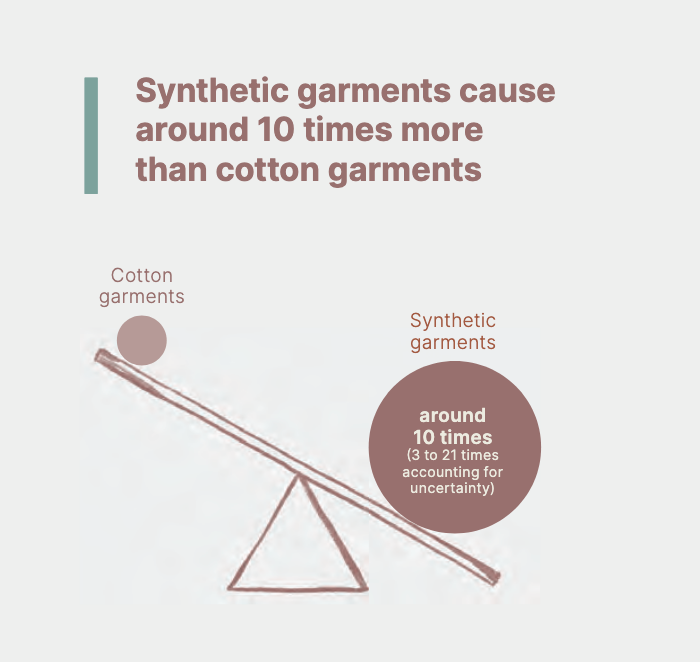Facilitating a Circular Economy for Textiles Workshop Report
- David Connolly

- Dec 8, 2022
- 2 min read
Executive Summary
Textile production has increased dramatically over recent decades, particularly with the rise of ‘fast fashion’. Simultaneously, increased production of synthetic, fossil-based fiber (e.g., polyester, nylon) due to their cost-efficiency and performance characteristics (e.g., stretch, durability, shrink resistance) has resulted in a large volume of synthetic fibers in the marketplace. The value chain of textiles is characterized by vertical dis-integration and global dispersion of successive processes that span several industries including agriculture (natural fibers), petrochemical (synthetic fibers), manufacturing, distribution logistics, and retail [1]. In the current linear economic model, textile products are produced, used, and disposed. In fact, it is estimated that in the U.S. a mere 15 % of discarded clothing and textiles are collected for reuse, recycling, or downcycling, while the remainder is sent for landfill and incineration [2]. This represents not only a tremendous loss of economic and material value, but also has severe social and environmental impacts.
A circular economy (CE) approach aims to extend the life of textile products through reuse and repair and keep end-of-life (EoL) materials in the economy through recycling. Transitioning to a CE is, therefore, essential to reduce pressure on natural resources, create domestic and sustainable growth and jobs, and thereby ensure our Nation’s security and economic prosperity. However, several challenges face the adoption of a circular economy for textiles. In September 2021, The U.S. National Institute of Standards and Technology (NIST) held a three-day workshop entitled “Facilitating a Circular Economy for Textiles” aimed at identifying specific challenges and needs to overcome those barriers. Nearly 150 stakeholders participated in the event including brands/manufacturers, recyclers, non-profit organizations, industry associations, and researchers who discussed the current state, bottlenecks, and opportunities for circularity.
The current textiles recovery system in the U.S. includes collection, sorting, grading, and to some extent, recycling. That said, a majority of the 15 % of textile products collected are exported to low-income regions for resale, although there is skepticism regarding the sustainability and benefit of this practice. While several methods of recycling exist, they are at different stages of maturity and face many barriers. Key challenges facing the current system identified in the workshop include:
Infrastructure and systems for collection of waste textiles are not well established and do not
support consistent, convenient, widespread collection of the quantity and quality (clean, dry) of textiles needed to retain value.
Sorting and grading of textiles rely on expensive manual labor, even though it is not possible to visually identify fiber composition. No harmonized sorting standards or criteria exist,
challenging downstream markets.
Commercial-scale recycling processes for textiles are fiber-type dependent, require pure,
reliable, high-volume feedstock, and generally cannot process mixed material inputs (fiber
blends). Separation of blends and removal of dyes, additives, and finishes (e.g., functional
coatings) often requires or generates hazardous substances that require proper disposal.
Limited recycling processes exist for select fiber types.
Textile circularity is not economical in the current system. Large-scale reuse, repair, and
recycling is hindered by high transportation, labor, and processing costs and decreasing quality and cost of new products.
More contained in the report:
NIST publication details: here




Comments